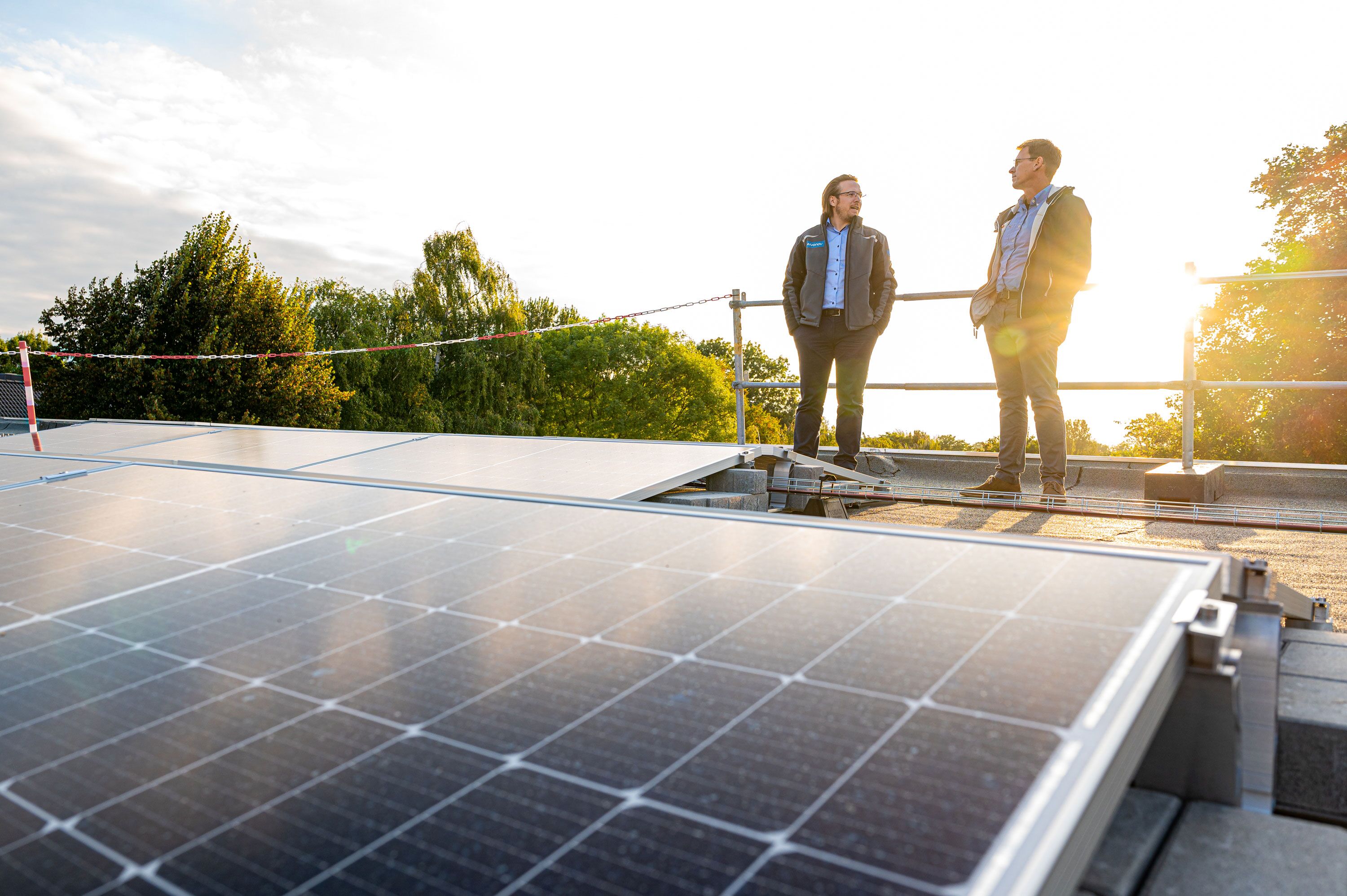Social Key Figures
Voluntary Commitments
2021 | 2022 | 2023 | ||||||
Social Key Figures (in Germany) | GRI 203–1, 203–2, 413–1 | |||||||
Voluntary Commitments 1) | ||||||||
Average modernization cost | 1.24 €/m² | 1.20 €/m² | 1.32 €/m² | |||||
Customer care for | 662 positive decisions 4) | 400 5) positive decisions 4) | 271 positive decisions 4) | |||||
Protection for older tenants 6) | 163 positive decisions 4) | 198 5) positive decisions 4) | 300 positive decisions 4) | |||||
- 1)2021 and 2022 excl. Deutsche Wohnen, from 2023 incl. Deutsche Wohnen (excl. Care segment).
- 2)Related to the modernization program and modernization work within the scope of community development; excluding heating renovation.
- 3)Individual support for customers in cases of rent increases due to modernization work.
- 4)Rent increases were not implemented or were not implemented in the planned amount, or other support (e.g., help with moving, moving furniture, or finding an alternative apartment).
- 5)Correction due to cases received by December 31, 2021 but not positively decided until 2022.
- 6)Guarantee that apartments will remain affordable for people aged over 70 even if the standard local comparative rent changes.
Tenant Participation
2021 | 2022 | 2023 | |||||||||||
Tenant Participation | |||||||||||||
Tenant meetings and | 79 2) | 114 | 58 | ||||||||||
Proportion of tenants involved (units) in modernization/ | 3,631 tenants reached in relation to 8,230 modernized residential units 2) 3) | 44.1% | 2,089 tenants reached in relation to 6,821 modernized residential units 2) 3) | 30.6% | 5,058 tenants reached in relation to 5,674 modernized residential units 2) 3) | 89.1% | |||||||
- 1)Includes tenant meetings, workshops, advisory boards, consultation hours, neighborhood walks, etc.
- 2)Decline mainly due to limited opportunities during the coronavirus pandemic.
- 3)Excl. Deutsche Wohnen, Austria and Sweden.
- 4)From 2023 incl. Deutsche Wohnen, excl. Austria and Sweden. In 2023, conversion of the calculation of “modernized residential units” from the program year to the year of completion (see table “Refurbishment”).
Grants and Social Support
2021 | 2022 | 2023 | ||||||||||||
number | total/units | number | total/units | number | total/units | |||||||||
Grants and Social Support 1) | ||||||||||||||
Grants for social/cultural projects and facilities 2) | € 1,464,060 | € 1,156,765 | € 1,346,708 | |||||||||||
of which locally through | 176 projects | € 575,072 | 162 projects | € 258,803 | 162 projects | € 243,578 | ||||||||
of which centrally via a funding program for social projects | 146 projects | € 373,993 | 167 projects | € 354,225 | 215 projects | € 445,238 | ||||||||
of which via foundations | Grants from foundations: Vonovia Stiftung (Vonovia foundation), Vonovia Mieterstiftung e. V. and Stiftung Mensch und Wohnen | € 208,810 | Grants from foundations: Vonovia Stiftung (Vonovia foundation), Vonovia Mieterstiftung e. V. and Stiftung Mensch und Wohnen | € 196,143 | Grants from foundations: Vonovia Stiftung (Vonovia foundation), Vonovia Mieterstiftung e. V. and Stiftung Mensch und Wohnen | € 210,490 | ||||||||
of which via central cooperation projects | Stifterverband, Jewish Museum in Frankfurt, Acker e.V., Dialog mit der Jugend, Freundeskreis Schauspielhaus Bochum, Freunde & Förderer Zollverein Essen | € 306,185 | Stifterverband, Jewish Museum Frankfurt, | € 347,594 | Various funding projects, among others Vonovia-Foto-Award, Stifterverband, Jewish Museum Frankfurt, Josef Albers Museum, Acker e.V., Silbernetz e.V., Lichtblicke | € 447,402 | ||||||||
Units targeted via the central funding program for social projects | 146 projects | 181,600 units 3) | 167 projects | 296,921 units 4) | 215 projects | 456,078 units 5) | ||||||||
Rent-free or discounted commercial premises provided to social/charitable organizations | 89 commercial units | 8,782 m² | 80 commercial units6) | 9,869 m² 6) | 108 commercial units | 13,373 m² | ||||||||
- 1)2021 and 2022 excl. Deutsche Wohnen, from 2023 incl. Deutsche Wohnen (excl. Care segment).
- 2)Includes both cash and in-kind contributions.
- 3)51% of the 353,963 units in Germany.
- 4)85% of the 347,373 units in Germany.
- 5)94% of the 485,074 units in Germany.
- 6)2022 incl. Deutsche Wohnen (excl. Care Segment).


